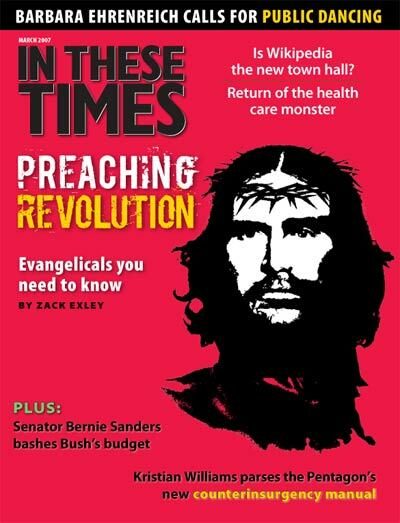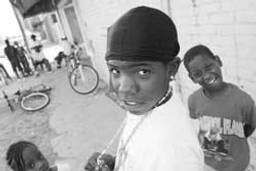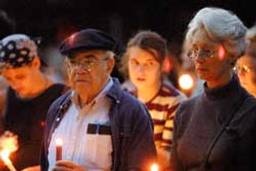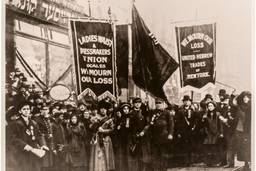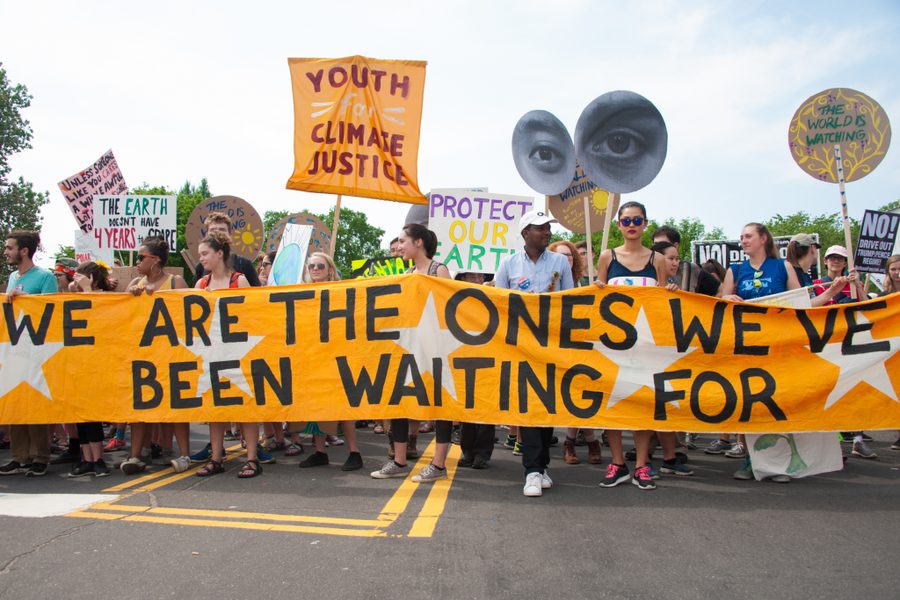
It sounds worryingly like the setup for a punch line: What do you get when you put nine ’60s radicals in a conference room at the offices of the Nation magazine? Or maybe a the title for a reality series – you have the Chicago Eight member, the anti-war veteran, the feminist, the white civil-rights activist and the black civil-rights activist – “That ’60s Show,” perhaps.
Fortunately, this gathering is a less high-concept occasion: the publication of Generation on Fire, the latest book by Jeff Kisseloff, whose previous oral histories brought to light turn-of-the-century Manhattan (You Must Remember This) and the early years of television (The Box). A labor of love that took a decade to find its way to publication, his new book focuses on the social movements that raged during Kisseloff’s formative years. For the Nation Nine, who represent about half of the book’s interview subjects, this luncheon will be their first meeting outside of the printed page, aside from those who knew each other back in the day.
The first joke flies about 15 minutes after we’ve arrived. Bob Zellner, who came to fame as the only Student Non-Violent Coordinating Committee (SNCC) organizer whose daddy was a Klansman, tries to gather the assembled to sit down and eat. Yet everyone mills around even more aggressively. And the New York Times photographer quips: “This is going to be true to the times, isn’t it?”
Nobody minds. It’s a day for joking, mostly about lost hair and gained pounds, just like any reunion. Eventually, everyone sits down and begins swapping stories. Kisseloff’s books are notable for including very few famous people, though a few do slip in (Daniel Berrigan is the ringer this time around): to make the cut, the only criterion is to be a great storyteller.
Great stories are on hand. Zellner, who joined SNCC as a college student in his native Alabama, tells of the segregationist who tried to gouge out his eyes at a rally on the city hall steps in McComb, Miss. Later, as he sat in a ramshackle jail not knowing whether to fear more his jailers or the mob that waited outside, “four men came in suits and ties to interview me and take pictures of my wounds – that was the FBI. They said, ‘We were there, and we didn’t want you to think you were all alone. We wrote it all down.’ “
David Cline, an early activist with Vietnam Veterans Against the War, tells how in 1967 he had broken his leg in a car accident, and it healed a half-inch shorter, something he assumed would keep him out of the draft. “But ‘67 was a pretty heavy year, and they were just looking for live bodies to replace dead bodies.” He ended up in combat for six months, getting shot twice and hit once by mortar shrapnel. He recalls the moment of his radicalization: his superiors led him to the body of a young North Vietnamese soldier he’d shot, saying, “You did a good job, son, here’s the gook you killed,” and all he could think of was how the man’s mother would react to the news.
Marilyn Salzman Webb, who was active in the civil rights, anti-war and feminist movements, recounts the incident that helped lead the women’s liberation movement to split from the broader New Left. After being jeered off the stage at a Nixon counter-inaugural rally for daring to give a women’s rights speech, she says, she got a phone call. “If you or anybody else ever gives a speech like that anywhere in the country,” said the voice on the other end, “we’ll beat the shit out of you.” Webb thought she recognized the distinctive cadence as that of Students for a Democratic Society activist Cathy Wilkerson.
In the book, the anecdote ends there. But Webb adds a coda: Years later, she ran into Wilkerson, and found out that she hadn’t even been at the rally, let alone made the phone call. She later discovered that the FBI had been running a COINTELPRO counterintelligence operation to infiltrate and disrupt the anti-war movement at the time. The call, she now assumes, came from someone imitating Wilkerson.
There are knowing nods around the table. Jim Fouratt, a founder of the Gay Liberation Front and one of the Yippies who tossed dollar bills onto the floor of the New York Stock Exchange to protest the war (the resulting mad scramble shut down trading), chimes in that he spent three months in a Texas jail on a trumped-up drug charge, emerging to hear rumors that he was an FBI informant, something he says has “haunted him” the rest of his life.
“It came, I believe, from this program,” he says. “The goal was to take potential leaders and destroy them.”
All those assembled still consider themselves activists, in one way or another. On the Generation on Fire Web site (http://www.generationonfire.com/), which features interviews (including Fouratt’s) that were cut from the book, Kisseloff notes that this continued engagement didn’t sit well with agents or publishers: “I think that rankled a lot of people who would have preferred that the people in the book all ended up as sellouts.”
Cline works with both VVAW and Veterans for Peace, and has advised the nascent Iraq Veterans Against the War. Verandah Porche, co-founder of the Vermont commune that inspired Kisseloff to begin this project, stages “Voices of the Uninsured” poetry readings to promote universal health coverage. And Barry Melton, former lead guitarist of antiwar heroes Country Joe and the Fish, is now a public defender in California – where, he says, he now commonly has to shoo military recruiters who accompany defendants to court, hoping to get them off so they can be shipped to Iraq.
All present hope that the stories in Generation on Fire will cut through the haze of legend to inspire young activists today. Gloria Richardson, a civil-rights veteran whose battleground was not the Deep South but her hometown of Cambridge, Md. – when JFK ordered locals to halt their protests against whites-only restaurants after the governor declared martial law, Richardson famously replied that the president could go to hell – is most peeved that the civil-rights movement has been painted as a collection of Kings and Abernathys, with an occasional fed-up Rosa Parks added for every-person flavor.
“This was a secular movement,” she says. “Almost everybody was a church member, but it was not led by preachers.” It was only after the first wave of demonstrators had been jailed repeatedly, she says, that she and other parents went to SNCC to demand training to pick up where their children had left off.
“I think young people today are always looking up to this Martin figure,” she says. “Nobody talks about who went to jail. Predominantly, those hundreds of cities in the South that were organized were mostly by high school and grammar school students putting their bodies on the line.” It’s a good model for organizing, says Richardson, because “they can’t control those young people. They can’t fire them, they can’t stop them from getting a loan at a bank.”
Richardson, now in her 80s, has no patience for “listen to your elders” talk. “I think that America as a nation is perfectly happy to keep that quiet, because they can’t afford for young people – black and white – to follow their idealism.
“A lot of times people empathize with an issue, but they don’t really know what to do – I know that happened to us at first in the movement,” she says, as the Nation interns finish their free sandwiches and the guests of honor take turns cleaning up the remains of the meal. “You stand there and watch and you hope they succeed, but you don’t really realize that you too can go in and do it.”

I hope you found this article important. Before you leave, I want to ask you to consider supporting our work with a donation. In These Times needs readers like you to help sustain our mission. We don’t depend on—or want—corporate advertising or deep-pocketed billionaires to fund our journalism. We’re supported by you, the reader, so we can focus on covering the issues that matter most to the progressive movement without fear or compromise.
Our work isn’t hidden behind a paywall because of people like you who support our journalism. We want to keep it that way. If you value the work we do and the movements we cover, please consider donating to In These Times.
